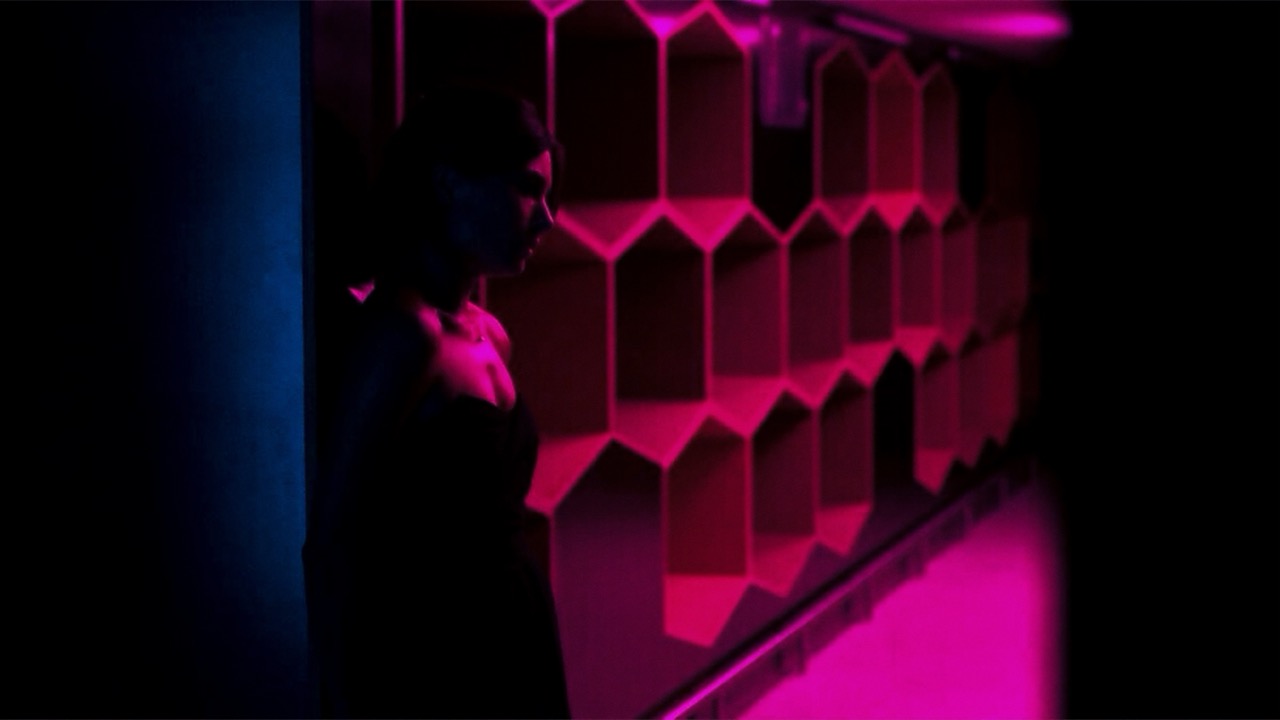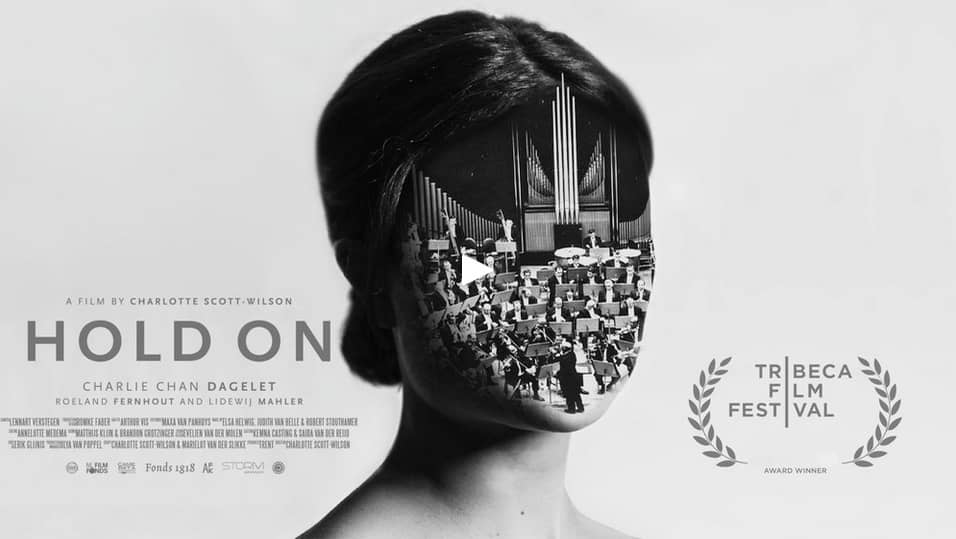Film Analysis and Review
Hold On is a tightly constructed emotional piece that places us inside the mind of a young cellist named Kyra as she faces a sudden and devastating rupture in her sense of control. During a high stakes solo concert one of her strings loosens. The physical malfunction triggers a deeper internal collapse. In just over twenty minutes Charlotte Scott Wilson builds an atmosphere of intense vulnerability with careful restraint and startling empathy.
The brilliance of Hold On lies in its simplicity. There is no elaborate backstory no sweeping emotional arc. Instead the film opens on the moment of breakdown and stretches it out so we can live inside its every breath. Kyra is not depicted as a tragic prodigy or a perfect soloist. She is someone holding herself together through performance and perfectionism until something small one broken string undoes her grip.
Visually the film uses tight frames and shallow focus to emphasize how isolated Kyra feels within the grandeur of the concert hall. The contrast between the quiet backstage corridors and the cavernous stage builds a spatial metaphor for her psychological state. Light defines thresholds. Sound defines emotion. The silence after the string slips is deafening. The breath the footstep the scrape of a bow all become instruments in a growing symphony of panic.
The film’s rhythm mirrors Kyra’s inner world. Edits slow down. Movements stretch out. Time becomes elastic. And at the center is not chaos but stillness. Her hands tremble her breath stalls but the performance continues. This is not a film about an external obstacle. It is about the pressure of being seen while holding together something broken inside.
What makes the film so effective is that it does not resolve the tension with triumph or failure. It leaves us with something more real. Kyra plays on. Not because she has conquered fear but because she cannot allow it to end her. The cello solo that follows the breakdown is not framed as a victory. It is framed as a choice. She does not exit the stage. She reenters. That moment fragile unresolved deeply human is what lingers.
%202.jpg)
Filmmaker Insight and Production Context
Charlotte Scott Wilson based the story on a true event. A young woman experienced a panic attack while playing cello during a solo performance. This small yet intimate story became the emotional architecture of the film. From the beginning Wilson resisted building outward. She chose instead to deepen inward. Rather than making a narrative about trauma or success she wanted to capture the texture of a moment that feels both invisible and enormous.
The biggest challenge was building story weight around something that happens quietly and internally. There is no dramatic reversal no external antagonist. Instead the stakes live in tension silence hesitation and breath. The creative team leaned into this choice using cinematography score and timing to sustain the pressure without artificial devices.
The editor played a key role in pacing the film’s emotional journey. The music itself had to carry the final act of the film but not overpower it. Wilson found a composer and collaborated closely to create a piece that felt both vulnerable and difficult something that could embody the tension of returning to the stage while still shaking inside. The piece Kyra performs was placed after the panic not before which gives the film its distinct arc. The solo becomes a form of defiance not a reward.
Casting Kyra required an actor who could embody restraint. Someone who could carry a complex interior world without dialogue or exposition. Much of the performance lives in the eyes in the tremor of the fingers in the stillness that covers panic. What Wilson and her team achieved is a subtle study in presence. The actor does not act the breakdown. She survives it.
.jpg)
For Filmmakers Lessons from Hold On
• Hold On offers one of the clearest examples of how cinematic tension can be built from restraint. The lessons it offers to filmmakers are technical emotional and structural
• Symbol in the small A single loose string becomes the hinge for emotional unraveling
• Performance as architecture Use framing pacing and breath to build internal landscapes
• Sound as psychology Silence ambient detail and musical tension carry narrative meaning
• Avoid over narrativizing Let tension rise without artificial twists or exposition
• Let the climax reframe everything The final solo does not release the tension it reclaims it
Hold On is not a film about music. It is about the space between control and collapse. It reminds us that the greatest stakes often come without dialogue and the most meaningful turning points can happen in the body the breath the choice to stay on stage.

Verdict
Hold On does not ask us to pity its character or celebrate her perseverance. It simply lets us feel the crushing weight of pressure and what it means to stand back up in its aftermath. It is a study in poise fragility and the invisible labor of performing under scrutiny. This is short form cinema at its most precise. Emotion without spectacle. Drama without manipulation. A story built from one moment stretched wide enough to hold everything inside it.
⭐ Curated Shorts Pick
Quiet exacting unforgettable





.jpg)